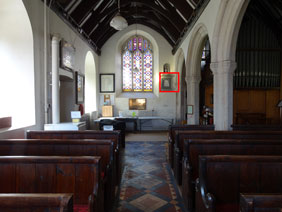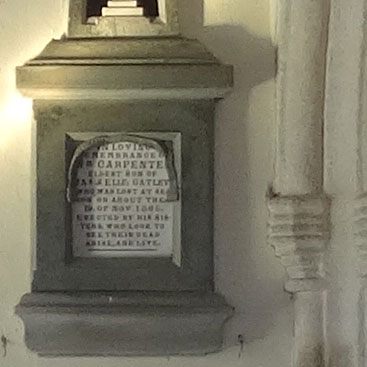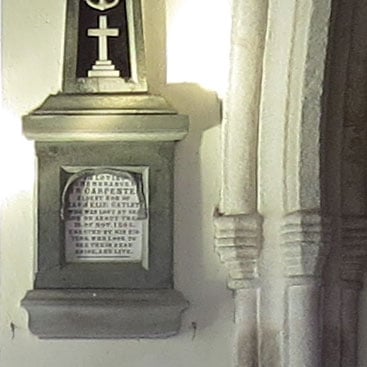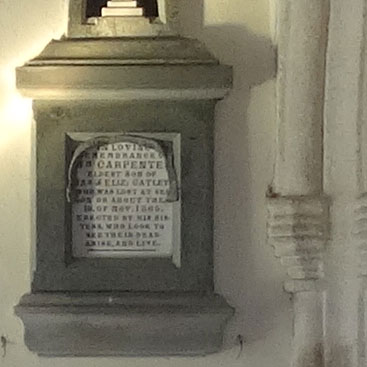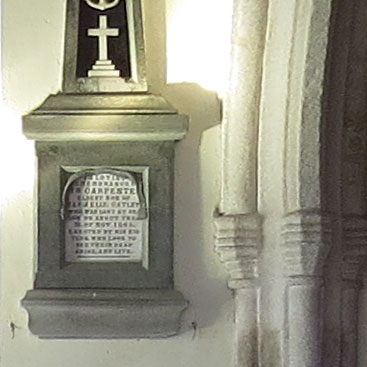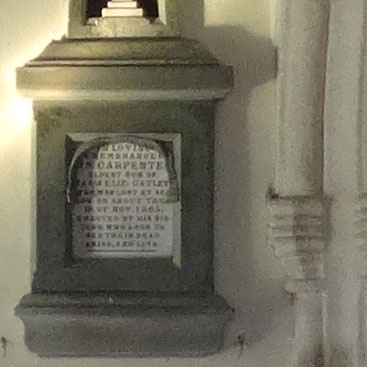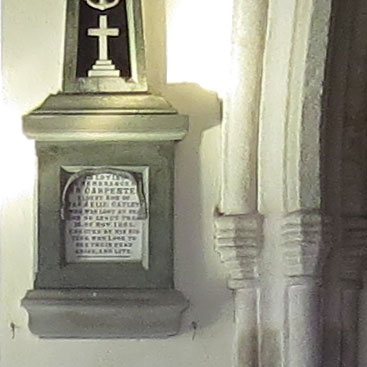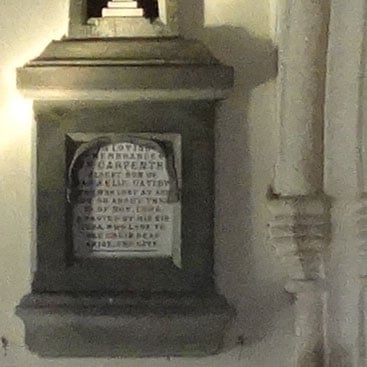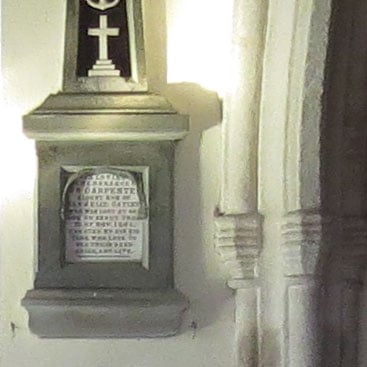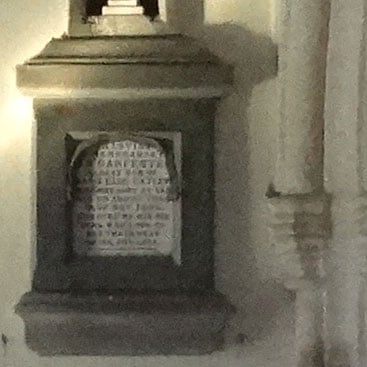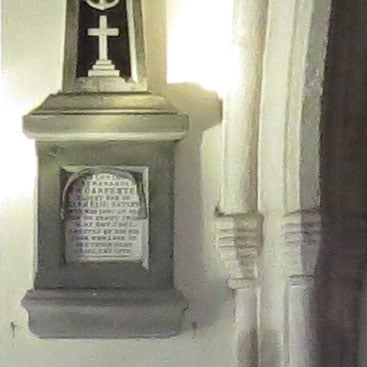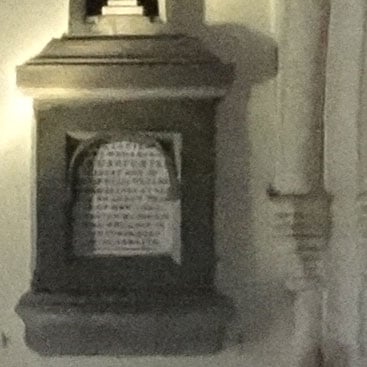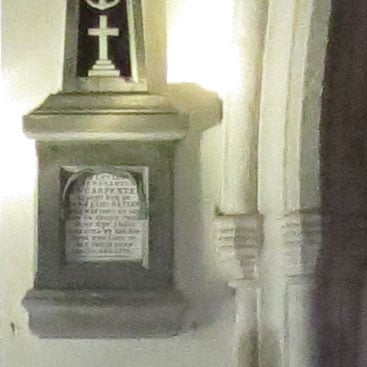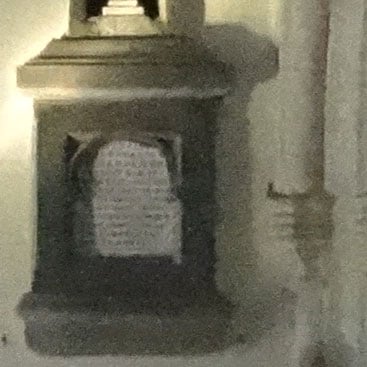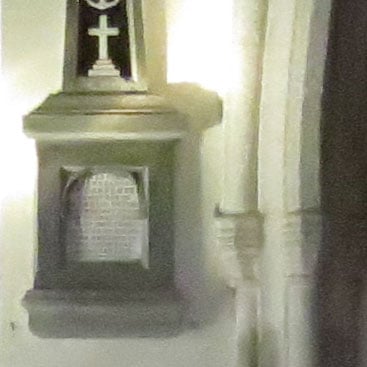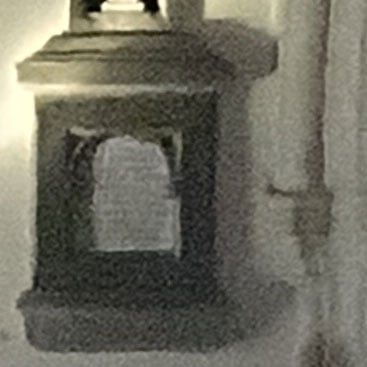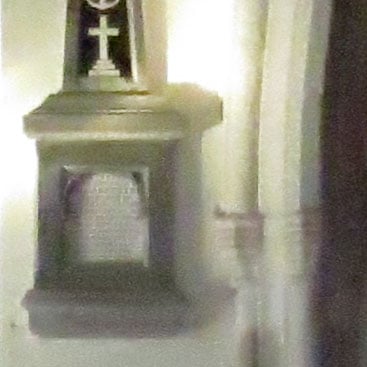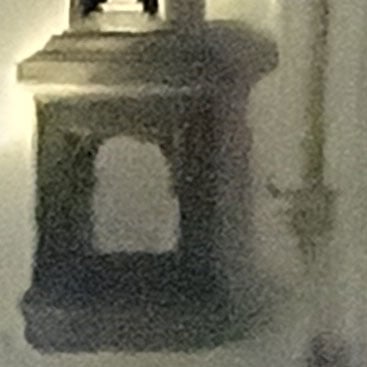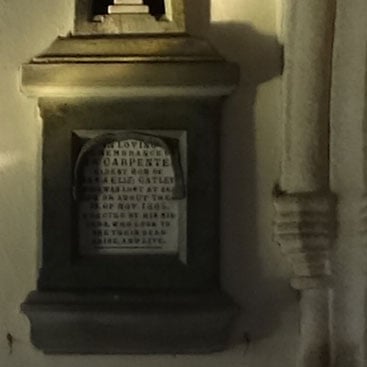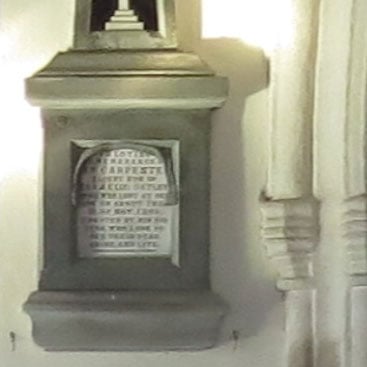Sony Cyber-shot HX300 review
-
-
Written by Ken McMahon
Quality
Sony HX300 vs Canon SX50 HS Quality
|
Sony Cyber-shot HX300 | Canon PowerShot SX50 HS | |
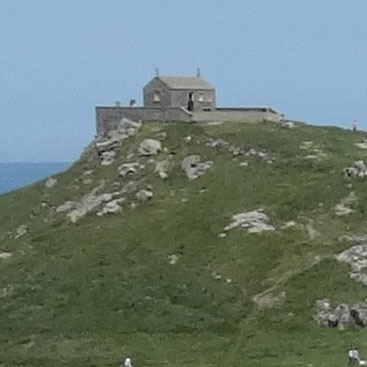 | 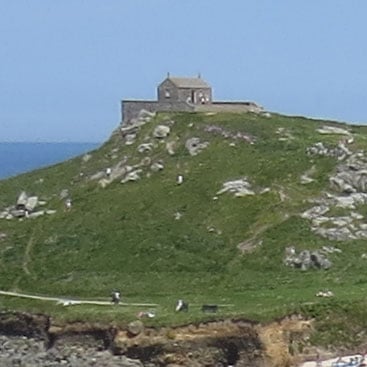 | |
f4, 80 ISO | f4, 80 ISO | |
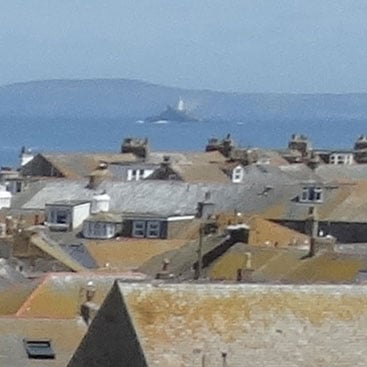 | 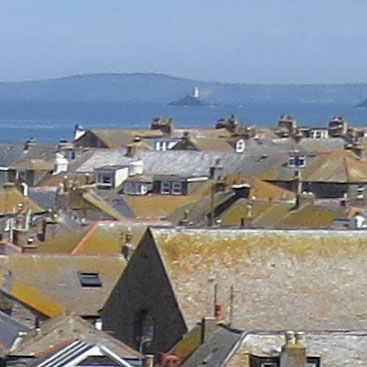 | |
f4, 80 ISO | f4, 80 ISO | |
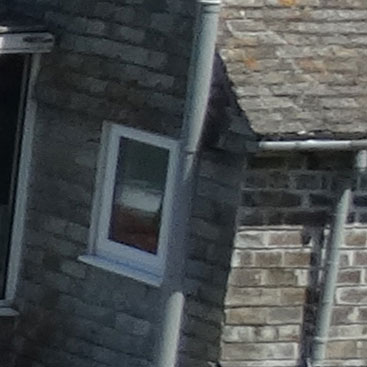 | 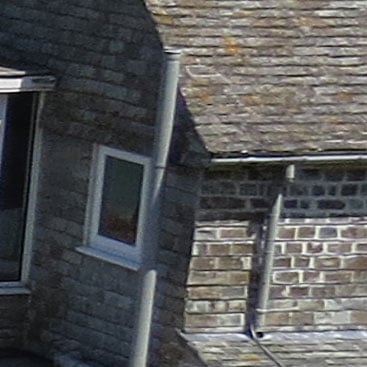 | |
f4, 80 ISO | f4, 80 ISO | |
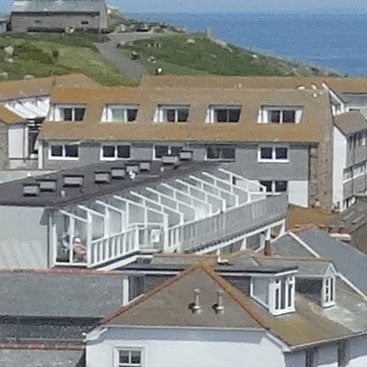 | 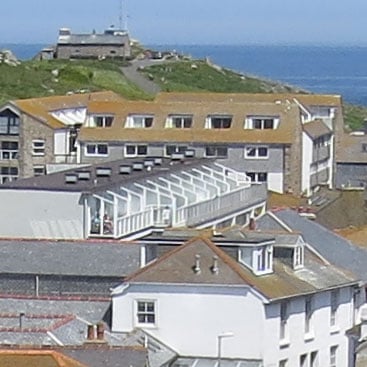 | |
f4, 80 ISO | f4, 80 ISO |
Sony HX300 vs Canon SX50 HS quality at around 600mm equivalent
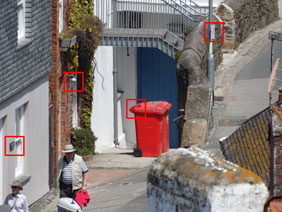 |
For this next test I zoomed both cameras in to an equivalent focal length of around 600mm. With the exposure mode left in Aperture priority, each camera was set to the widest available aperture which was f5.6 in both cases. As usual, the crops are taken from the areas marked by the red rectangles.
As before, the area and size of the detail in these crops varies because of the different sensor resolutions with the 20 Megapixel Sony HX300 showing a smaller area with larger image detail. As with the wide angle crops, noise textures in the Sony HX300 crops are getting in the way of some of the finer image detail, though the quality is different at 600mm and looks more pixellated than grainy. These crops are very consistent though, with crops three and four, from close to the frame edge, looking very similar in quality terms to crops one and two from closer to the middle. So, even if the sensor isn’t delivering as much definition as it might, the lens is doing a good job at this ‘mid-range’ 600mm focal length.
By comparison, the crops from the Canon SX50 HS look a little soft, particularly the first one. In overall quality terms I prefer the look of the Canon crops to the Sony ones but, at 600mm it no longer looks like there’s more detail in the SX50 HS crops than in the HX300V ones. While the Canon crops don’t have the off-putting pixellated look of the Sony HX300’s the softness of the lens at this focal length means they’ve lost some of the extra detail the SX50 HS produced at the wide angle lens setting. Now scroll down to see how they compare at 1200mm, or head over to my Sony HX300 noise results.
Sony Cyber-shot HX300 | Canon PowerShot SX50 HS | |
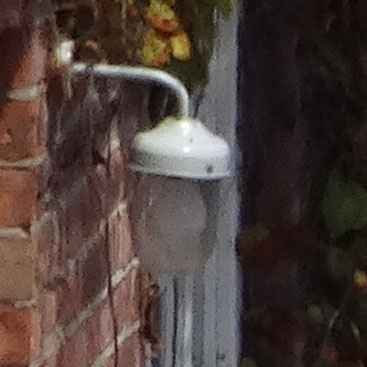 | 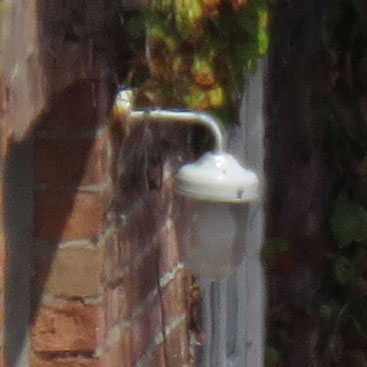 | |
f5.6, 80 ISO | f5.6, 80 ISO | |
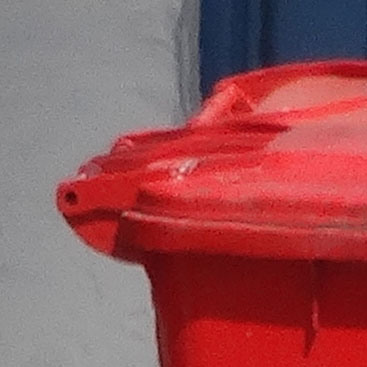 | 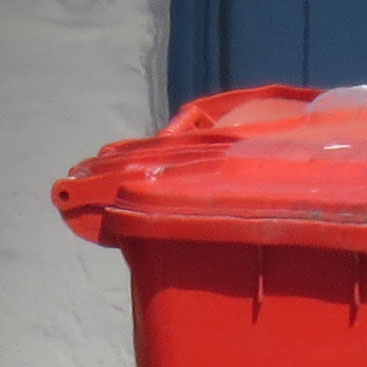 | |
f5.6, 80 ISO | f5.6, 80 ISO | |
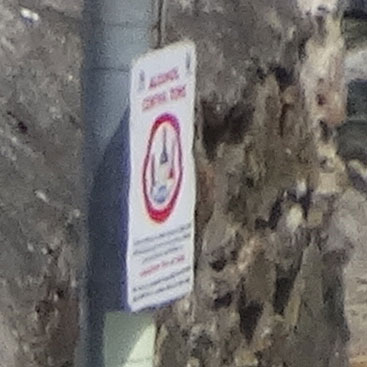 | 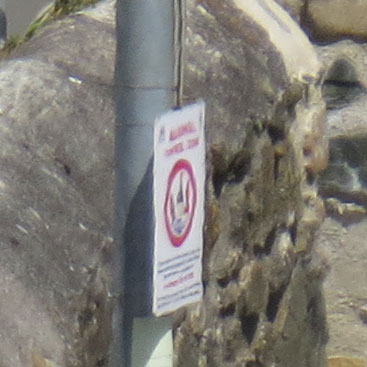 | |
f5.6, 80 ISO | f5.6, 80 ISO | |
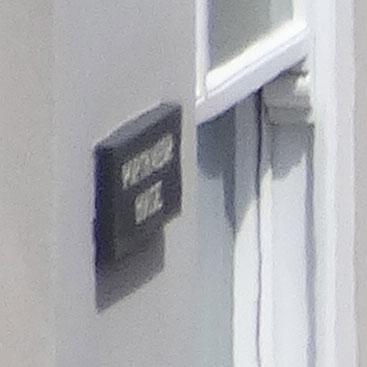 | 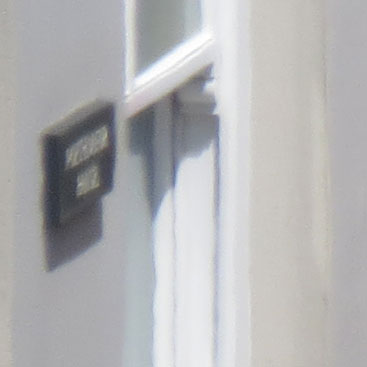 | |
f5.6, 80 ISO | f5.6, 80 ISO |
Sony HX300 vs Canon SX50 HS quality at 1200mm equivalent
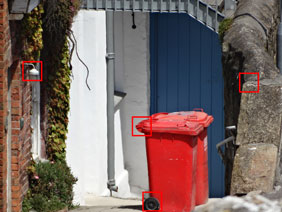 |
For this final test I zoomed both cameras in to their maximum 1200mm equivalent focal length. Again, the exposure was left in Aperture priority mode and set to the widest available aperture – f6.3 on the HX300 and f6.5 on the SX50 HS. As usual, the crops are taken from the areas marked by the red rectangles.
Once again the larger detail in the Sony HX300 crops is somewhat marred by the grainy pixellation which at the maximum telephoto range of the lens now looks much more intrusive. As well as obscuring image detail, it has the effect of blurring edges, particularly noticeable in the first and third crops of the bin.
But whereas the Sony HX300’s performance has worsened at 1200mm, the Canon SX50 HS has improved. There’s still a slight softness to the SX50 HS crops, but even more so than at the wide angle end of the focal range, there’s visibly more detail in the Canon crops.
I think it’s fair to say that, overall, the Canon SX50 HS produces better quality images than the Sony HX300, largely due to the superior performance of its 12 Megapixel sensor. The SX50 HS’s advantage is biggest at the extremes of the focal range, but particularly at the 1200mm maximum telephoto focal range. Generally, the difference isn’t that great, so if you’re an all round photographer looking for a big zoom to use when the occassion arises, it’s probably not worth worrying about. But if you’re after the best possible image quality at long focal lengths for sports and wildlife shooting, the Canon SX50 HS has a clear edge here.
Now see how these models compare at higher sensitivities in my Sony HX300 Noise results.
Sony Cyber-shot HX300 | Canon PowerShot SX50 HS | |
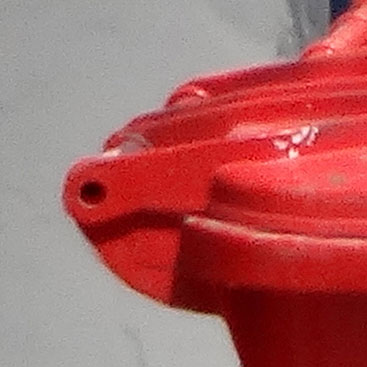 | 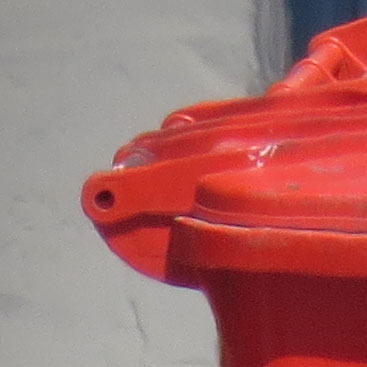 | |
f6.3, 80 ISO | f6.5, 80 ISO | |
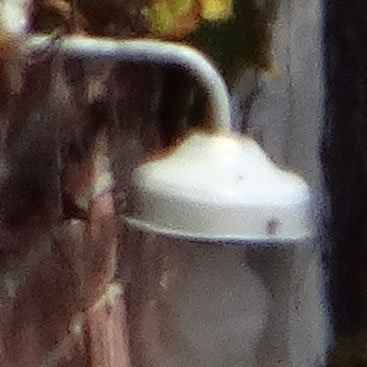 | 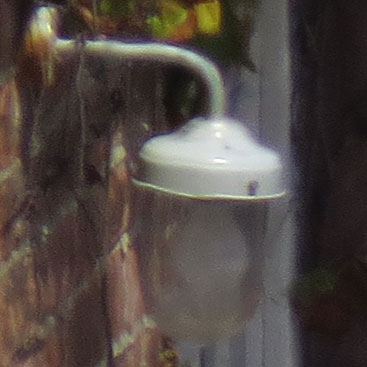 | |
f6.3, 80 ISO | f6.5, 80 ISO | |
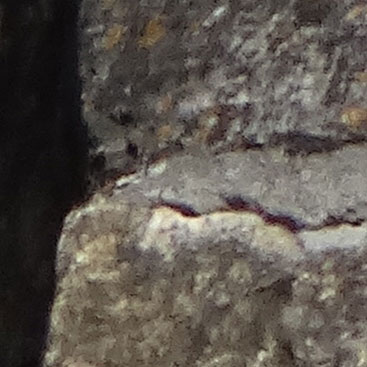 | 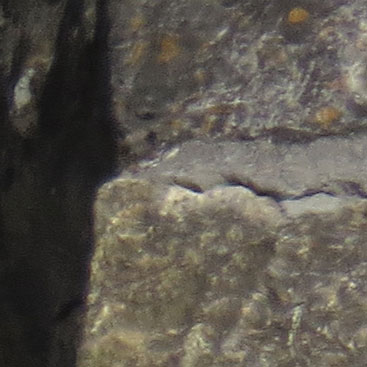 | |
f6.3, 80 ISO | f6.5, 80 ISO | |
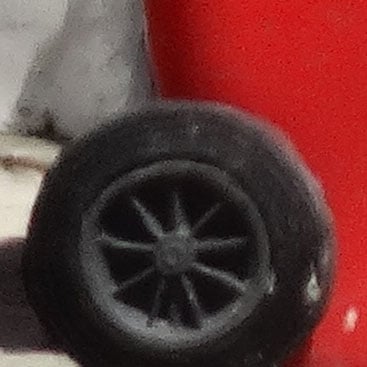 | 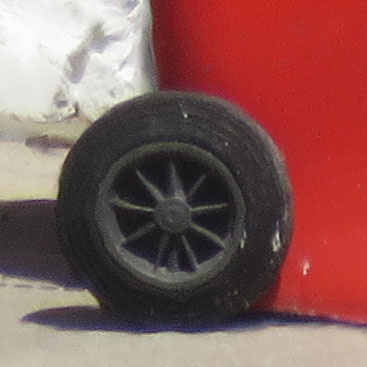 | |
f6.3, 80 ISO | f6.5, 80 ISO |
Sony HX300 vs Canon SX50 HS Noise
The image above was taken with the Sony Cyber-shot HX300. From my outdoor test I’d discovered that the both the HX300 and the SX50 HS produced their best results with the aperture set to f4, so both were set to f4 in Aperture priority mode. At its base sensitivity of 80 ISO, the HX300 metered an exposure of 1/5 at f4, the Canon SX50 HS metered 1/4 at f4. At its base 80 ISO sensitivity, the 20.4 Megapixel sensor of the sony Cyber-shot HX300 produces reasonably noise-free images with a good level of detail, as you can see in the first crop below. There is some visible noise, you can see a slight texture in the dark wood of the memorial panel as well as the flat area of the wall and the moulding on the right. It’s also visible in the test panel but, though the text would be clearer without it, it’s perfectly readable. At 100 ISO the texture is a lttle more pronounced, but there’s very little in it and it’s certainly not something you’d notice other than at 100 percent viewing. Increasing to 200 ISO shows a more pronounced rise in the noise levels, though, the differences are most obvious if you look at the centre section of the crop running from the text panel through the wooden surround to the wall on the right with its shadow. Pay particular attention to the edges – between the wooden memorial panel and the wall and the edge of the shadow. In the 200 ISO crop these edges are already looking less distinct than in the 100 ISO crop, but by 400 ISO there’s less of a clean edge than a fuzzy transition. By 800 ISO the detail really is beginning to suffer and the text in the panel is no longer legible. Noise processing is now straining to retain image detail and there’s a good deal of smearing of the text too. At 800 ISO it’s no longer the case that you need to be pixel-peeping 100 percent crops to see the effects of noise, which will be visible even at screen sizes. 1600 ISO is as much, if not more noise than image data, but still looks fair at smaller sizes and is definitely worth a shot. And although 3200 ISO looks pretty scrappy at 100 percent, at smaller sizes, though a little peppery and desaturated, it’s better than no shot at all. Beyond that the HX300 automatically produces a multi-shot composite at 6400 ISO and above, though, like 3200 ISO, they’re more of a crude impression than a photographic record. Where a very high ISO sensitivity is needed, you’re often better off with the HX300’s Hand-held Twilight scene mode, which sets the ISO and exposure automatically and fires a series of shots in quick succession to produce a composite image. Here it selected 80 ISO, which makes an evaluation difficult, but past testing has revealed that it does produce a better result than a single shot at the same ISO sensitivity. The only drawback with Hand-held Twilight is you can’t select the sensitivity manually. It seems likely that Sony is using the same process, or something similar for the 6400 and 12800 ISO settings. A less marketable, but more useful approach would have been to offer it at all ISO settings, similar to Multi Frame Noise Reduction on its NEX and SLT ranges. Compared with the Canon SX50 HS, the higher resolution sensor in the Sony HX300, as you’d expect, produces noisier results throughout the sensitivity range. From these 100 percent crops, you can see a difference at the base 80 ISO sensitivity, the Canon crop is cleaner with less visible texture. I’d say the SX50 HS is significantly less noisy right the way up to 1600 ISO, beyond which both sensors are producing so much noise (or the noise reduction is having such a detrimental effect on quality) that it makes little difference. Like the HX300, the SX50 HS has a stacking Handheld Night Scene mode, which in this instance chose 1000 ISO making a comparison impossible. Like the Sony’s Hand-held Twilight Mode, though, Handheld Night scene can be relied upon to produce a better result than a single-shot exposure mode at the same ISO sensitivity. Now head over to my Sony HX300 sample images to see some more real-life shots in a variety of conditions, or head straight for my verdict.
| |||||||||||||||||||||||||||||||||||||||||||||||||||||||||||||||||||||||||||||||||||||||||||||||||||||||||
